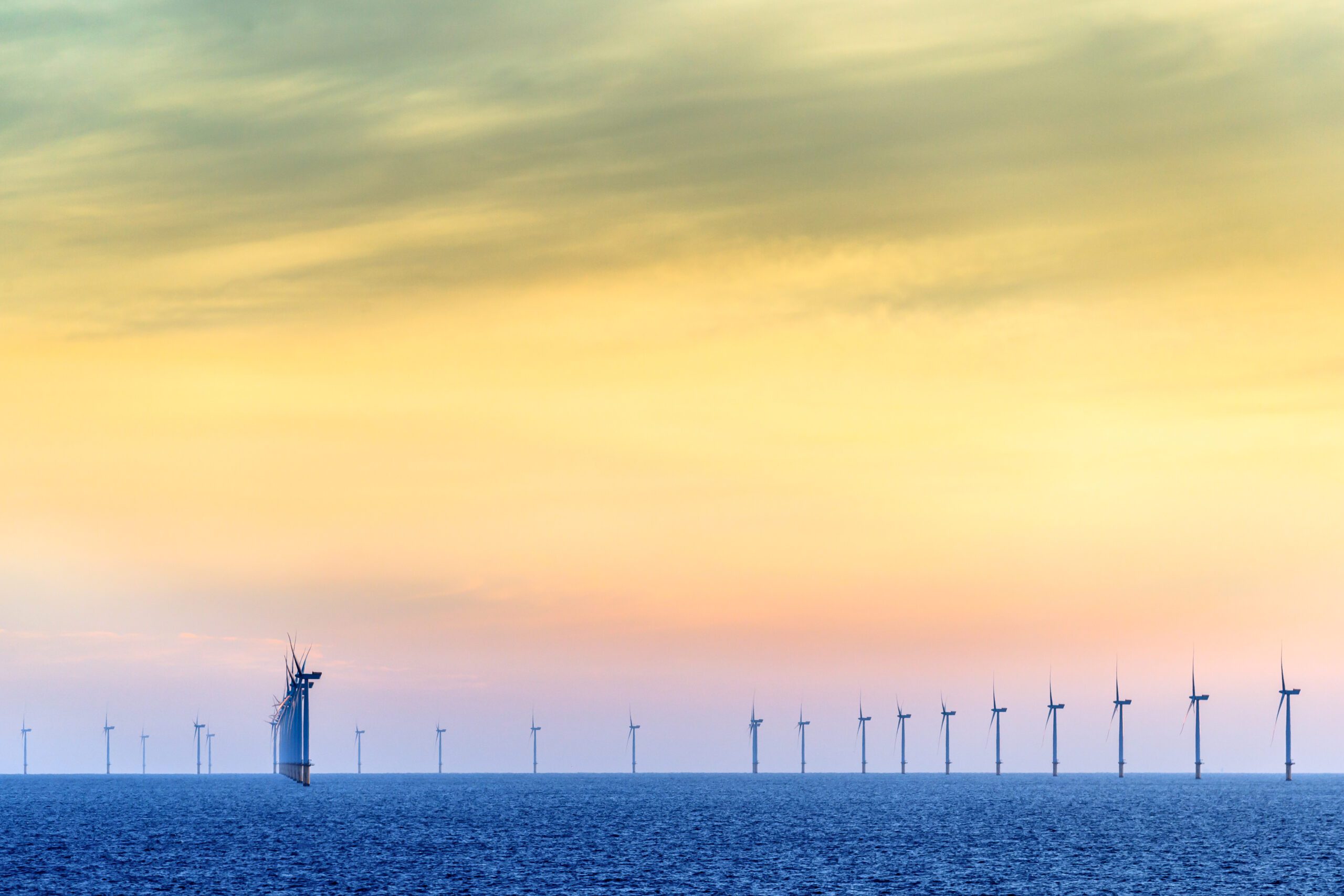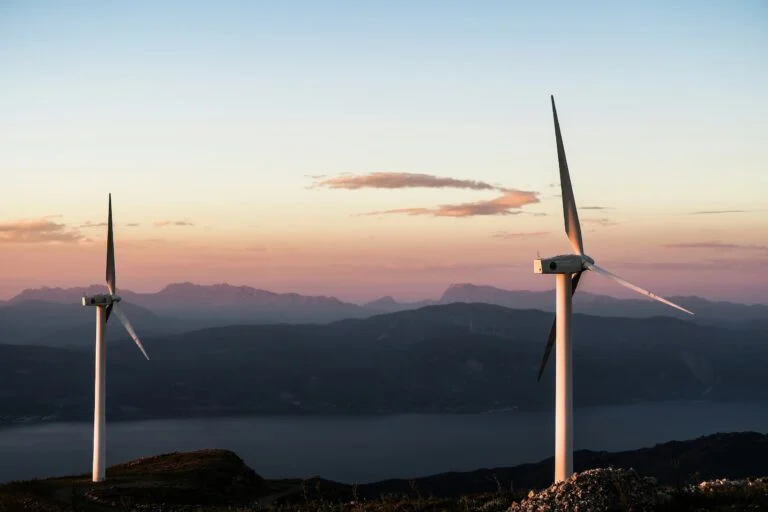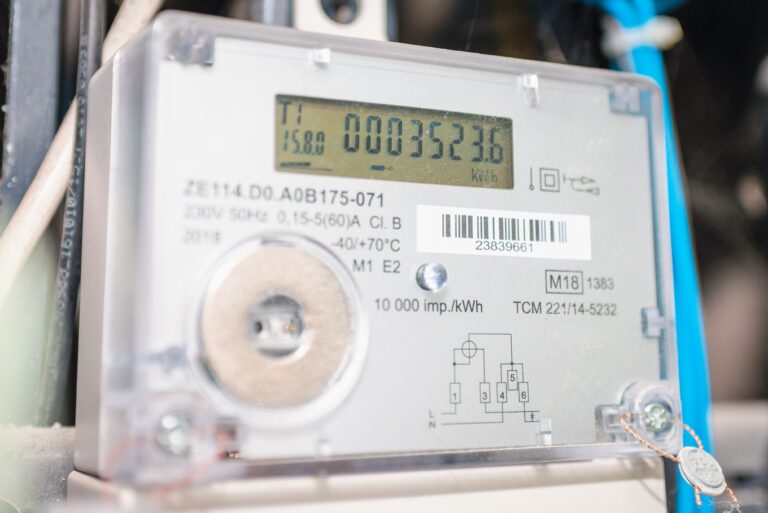As the world grapples with the urgent need to tackle climate change, the transition to renewable energy sources has become a critical part of the solution. Countries around the world are implementing a variety of renewable energy solutions, from wind and solar power to hydropower and geothermal energy. In this blog, we’ll take a look at some of the countries leading the way in the global race to net-zero.

Hornsea Wind Farm, North Yorkshire, UK
Hornsea Offshore Wind Farm, located off the coast of Yorkshire in the UK, is one of the largest offshore wind farms in the world. When completed, it will have a capacity of 6 GW, making it capable of powering over 4 million homes. The project has been a significant contributor to the UK's progress towards net-zero emissions, with the first two phases of the project already generating electricity. The project has also created jobs and boosted the local economy in Yorkshire.
Germany
Germany has long been a leader in renewable energy, with a commitment to phase out nuclear power and a target of achieving 65% renewable energy by 2030. In 2020, Germany generated a record 50% of its electricity from renewable sources. While Germany has faced some challenges, such as a lack of grid capacity and issues with the storage of excess energy, it remains a strong contender in the race to net-zero.
China
China has made significant progress in renewable energy in recent years, investing heavily in wind and solar power. They are actually now on track to meet their wind and solar targets 5 years ahead of schedule! In 2020, China installed more than half of the world’s new wind and solar capacity, bringing its total renewable energy capacity to over 900 GW. This puts China well on track to meet its target of achieving 50% of its total electricity generation from non-fossil fuel sources by 2030.
United States
Under the new Biden administration, the US has pledged to achieve net-zero emissions by 2050. To achieve this goal, the US will need to significantly increase its use of renewable energy sources. While the US is currently the world’s second-largest producer of wind and solar power, it still relies heavily on fossil fuels. However, with the introduction of new policies and incentives, such as tax credits for renewable energy production, the US is poised to make significant progress in the transition to renewable energy in the coming years.
United Kingdom
The United Kingdom has set a legally binding target to achieve net-zero greenhouse gas emissions by 2050. In 2020, the UK generated over 40% of its electricity from renewable sources, with offshore wind contributing the largest share of this. The UK government has also announced plans to increase its offshore wind capacity to 40GW by 2030, which would generate enough electricity to power every home in the country. The UK’s progress towards net-zero has been aided by the introduction of policies such as the Smart Export Guarantee.
As the world continues to shift towards renewable energy, some countries are making significant progress in the transition to net-zero emissions. While there is still much work to be done, the achievements of countries like China, the US, Germany, and the United Kingdom provide hope that a sustainable future is within reach!
Feeling inspired? To start your business’s journey towards net-zero, contact our Renewables Specialists today using the buttons below.






